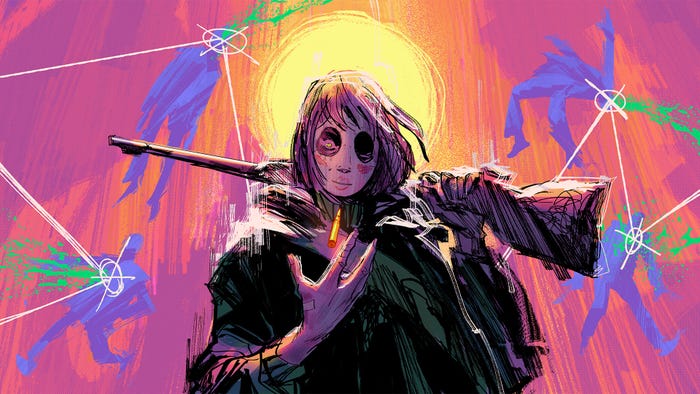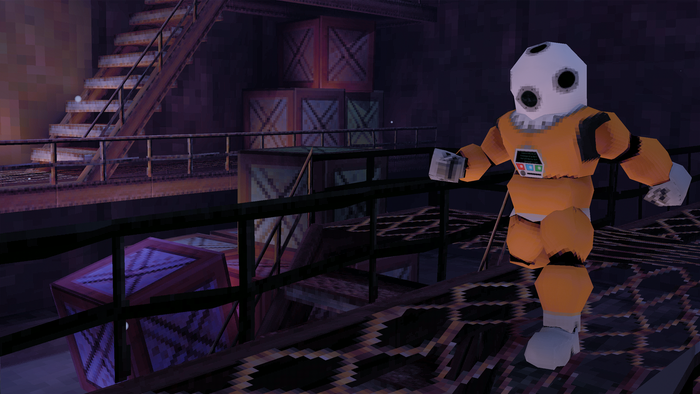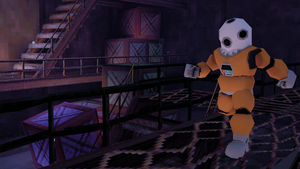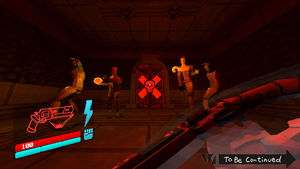The content on the disc matters less than the content players subjectively perceive, argued Jesper Juul in his Nordic Game Conference speech, giving developers three "shortcuts to content" so players can feel their games have more to offer.
May 15, 2007

Author: by Staff, Katherine Schoback
The content on the disc matters less than the content players subjectively perceive, argued Jesper Juul in his Nordic Game Conference speech, giving developers three "shortcuts to content" so players can feel their games have more to offer. A 'video game theorist' from IT University of Copenhagen, Juul, in his speech entitled "Seeing the Game in a New Light: Content in the Player's Mind" made that overarching point that users, who have little knowledge of what goes into developing games care more about the perception of content than actual resources. The traditional way of extending that content, said Juul, was simply to create more assets and artificially extend gameplay time. Instead of this, Juul suggested following his three shortcuts to content, focusing on puzzle games, and using Dreamcast puzzle classic Chu Chu Rocket as his example. The first shortcut was to create "open games," sandbox style games such as Grand Theft Auto, where the user brings his or her own level of meaning and configuration to a wide but constant selection of assets. The second was the concept of failure, and forcing the player to reconsider the game in light of new learning -- essentially, he said, in that case a game becomes a new one. Juul said he began researching the role of failure with casual developer GameLab, testing instant death versus negatively affecting the player's power as expressions of failure. For both hardcore and casual gamers, said Juul, some failure improved the player's satisfaction of the game, whereas no failure was interpreted as a failing on part of the game design, and not due to player skill or mastery. Casual players differ in that they want more success before the punishment cycle kicks in. Juul formulated an ideal failure rate scenario: threaten the player on level two, die once before mastering level three. Finally, Juul's last shortcut was to reconfugure level layouts. Changing level layouts, he said, forces player to reconfigure their understanding in "chunks." Developers can achieve this by changing layout dynamically, such as by destroying walls, rather than simply serially -- changing level by level. Juul related his shortcut theory to Raph Koster's Theory of Fun book. Designers need to use the above strategies to undo Koster's sense of "I got it" to extend gameplay time. But, he warned, players' level of "frustration tolerance" varies - so the constant challenge is to determine how far to push the player.
You May Also Like






